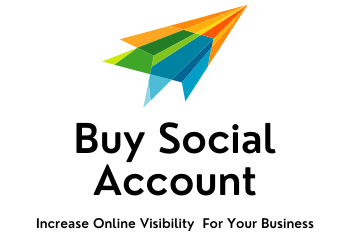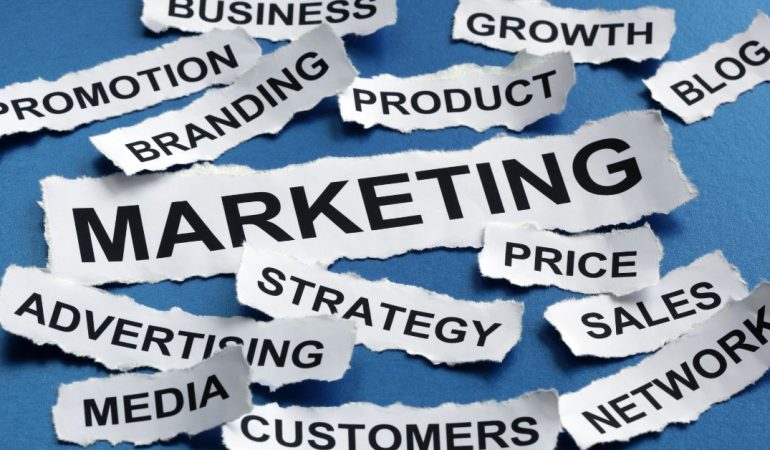Let’s say that you own a business. You are looking to expand, and your website seems to be the key in getting new customers. You also want people to know who you are and what your company is about. But, how? One of the best ways is using Linkedin as a marketing tool. Follow this article to learn more!
What is LinkedIn Marketing?
LinkedIn marketing is the process of creating and managing a presence on LinkedIn, a social network for professionals. With over 300 million members, LinkedIn is one of the world’s largest social networks.
LinkedIn marketing can be used to profile your business, build relationships with potential customers and partners, and drive traffic to your website or e-commerce store.
LinkedIn marketing can also be used to develop leads and sell products or services.
How Linkedin Marketing Can Drive Revenue
LinkedIn is a powerful tool for businesses of all sizes. It can help you build relationships with potential customers and partners, which can lead to sales and profits. Here are four ways LinkedIn marketing can drive revenue:
1. Profile Your Business
LinkedIn is home to millions of professionals from all industries and countries around the world. By profiling your business on LinkedIn, you’ll attract attention from potential customers and partners who are looking for information about your company. This will help you create valuable connections and find new customers.
2. Build Relationships with Potential Customers and Partners
By building relationships with potential customers and partners, you’ll be able to sell more products or services to them in the future. You can also use
How LinkedIn Marketing works
LinkedIn is one of the most popular social networking sites on the planet. With more than 300 million members, it’s a great place to connect with clients, colleagues and friends. But how can you use LinkedIn to drive revenue?
There are several ways you can use LinkedIn marketing to generate business leads and sales. For starters, you can create a profile and connect with people who are likely to be interested in what you have to offer. You can also promote your company or product directly through your profile. Additionally, you can join groups related to your industry and share your knowledge and insights with others. Finally, you can use LinkedIn’s search capabilities to find potential customers and clients.
All of these methods are effective ways to market your business on LinkedIn. Use them wisely and watch your revenue grow!
The Benefits of Linkedin Marketing
LinkedIn is a popular social networking site that connects professionals from all industries and can be used to build stronger relationships with current and potential customers. Marketing on LinkedIn can help businesses form deeper connections with their target audience, which can result in increased sales, more leads, and more positive brand recognition. Here are some of the benefits of using LinkedIn marketing:
1. Increased Engagement: LinkedIn is a great way for businesses to build relationships with their target audience. The site allows users to connect with other professionals in their industry, and as a result, users are likely to be more engaged with your company if you promote content that is relevant to them. This increased engagement will lead to an increase in click-through rates and conversion rates, which means that you’ll get more out of your marketing investment.
2. Increased Sales: One of the main benefits of using LinkedIn marketing is that it can help businesses reach new customers and motivate existing customers to buy more from you. By building strong relationships with your target audience, you’re more likely to attract leads who are interested in what you have to offer. This increased demand for your products or services will lead to an increase in sales.
Tools to use with LinkedIn Marketing
LinkedIn is a great platform for networking and finding new opportunities. However, you can’t rely on LinkedIn alone to generate leads and generate revenue. In this article, we’ll provide some tools and tips to help you increase your business’s visibility on LinkedIn, and drive more revenue through your LinkedIn marketing efforts.
First, make sure your profile is updated with the latest information. This includes your company name, logo, website address, and contact information. You also want to ensure that your profile is optimized for search engines. This means including keywords in your profile headline, description, and in the links you share.
Second, create valuable content. Share articles that are relevant to your industry or topic area, and that will help your potential clients learn more about what you do. Share blog excerpts, case studies, or other types of informative content that will help people learn more about how you can help them.
Third, participate in groups related to your industry or topic area. Not only will this give you the opportunity to network with other professionals in your field, but it will also generate leads and inquiries from people who are interested in what you have to offer.
How to Start With LinkedIn Marketing
LinkedIn is one of the most popular social media platforms. It’s perfect for small businesses because it allows you to connect with a large audience quickly and easily. LinkedIn marketing can help your business grow and generate revenue.
1. Start by creating a strong profile. Make sure you showcase your company’s values, industry expertise, and what makes you unique.
2. Create interesting content. Share stories about your business, blog posts about industry trends, or anything that will make your profile interesting and valuable to potential customers.
3. Connect with other professionals in your industry. Share links to articles, blog posts, and other resources that you think they might find interesting or helpful.
4. Use LinkedIn advertising to reach potential customers who are interested in what you have to offer. Advertise on popular topics and target specific demographics (such as senior citizens, entrepreneurs, or tech-savvy customers).

